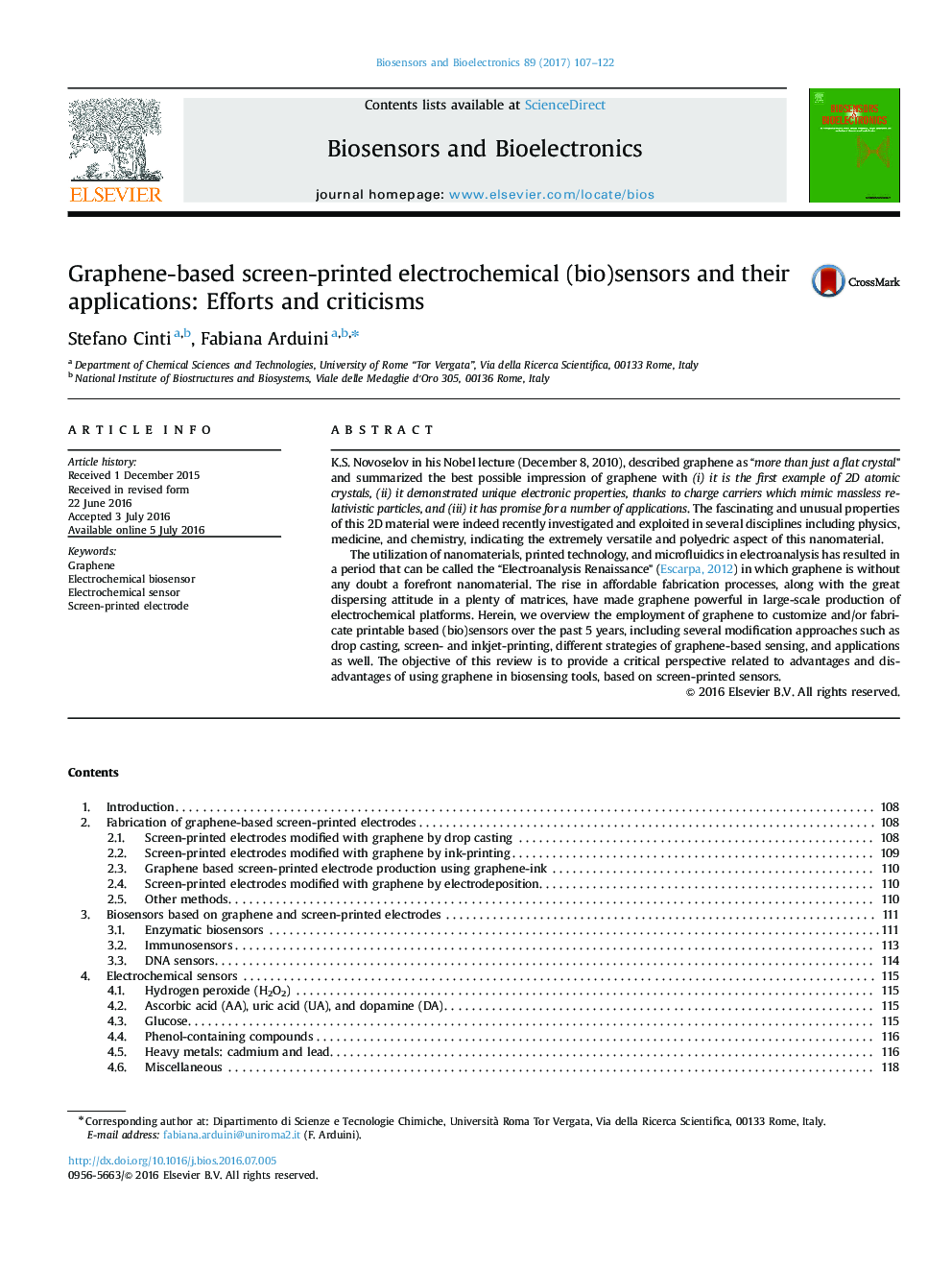| Article ID | Journal | Published Year | Pages | File Type |
|---|---|---|---|---|
| 5031674 | Biosensors and Bioelectronics | 2017 | 16 Pages |
Abstract
The utilization of nanomaterials, printed technology, and microfluidics in electroanalysis has resulted in a period that can be called the “Electroanalysis Renaissance” (Escarpa, 2012) in which graphene is without any doubt a forefront nanomaterial. The rise in affordable fabrication processes, along with the great dispersing attitude in a plenty of matrices, have made graphene powerful in large-scale production of electrochemical platforms. Herein, we overview the employment of graphene to customize and/or fabricate printable based (bio)sensors over the past 5 years, including several modification approaches such as drop casting, screen- and inkjet-printing, different strategies of graphene-based sensing, and applications as well. The objective of this review is to provide a critical perspective related to advantages and disadvantages of using graphene in biosensing tools, based on screen-printed sensors.
Related Topics
Physical Sciences and Engineering
Chemistry
Analytical Chemistry
Authors
Stefano Cinti, Fabiana Arduini,
